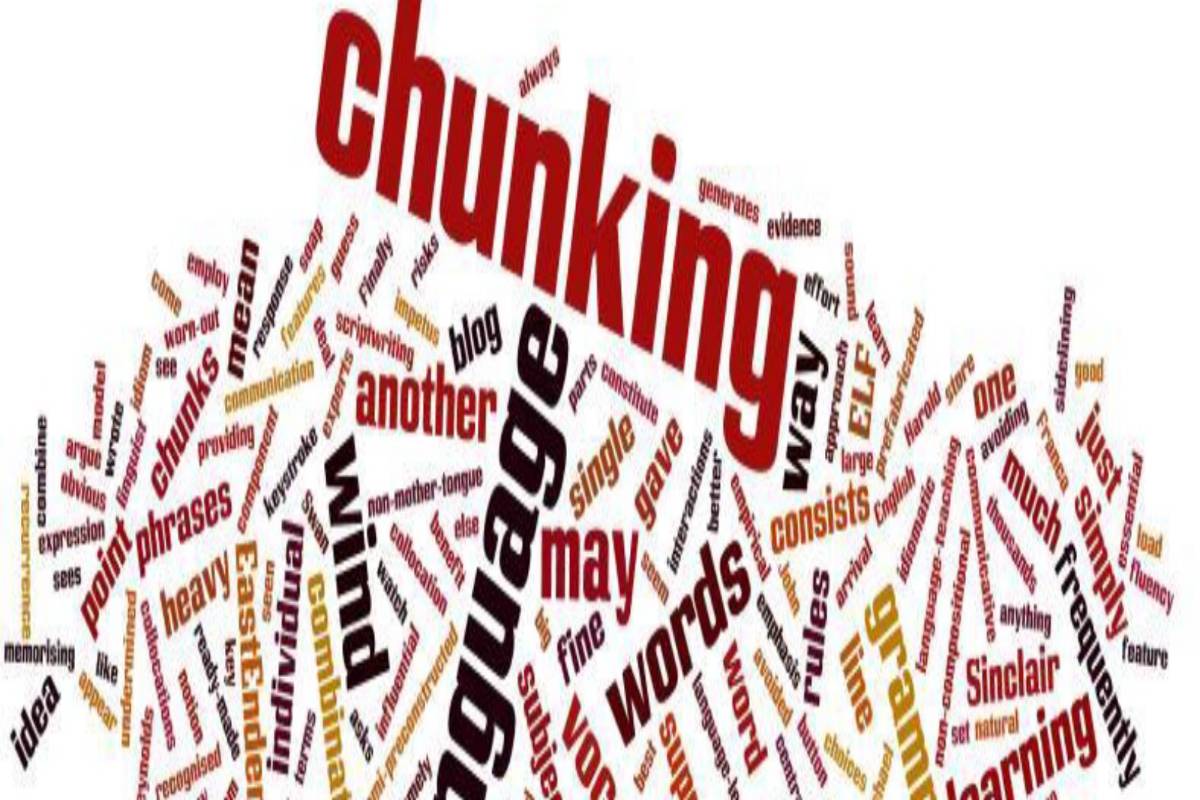Chunking works by separating disparate individual elements into larger blocks, information becomes easier to retain and recall.
And chunking works mainly to how limited our short-term memory can it. Simultaneously, some research suggests people capable of storing between five and nine units of information.
And extra recent research posits that short-term memory the capacity for about four chunks of information.
And chunking represents our ability it “hack” the limits of our memory. Also, bor argues that our natural tendency to see patterns and make connections is crucial for memory.
Table of Contents
What Chunking Data for eLearning?
- Chunking information is essential for online learning. Without the instructor to answer questions and to guide the learning process.
- And eLearning content has to be organized logically and progressively through chunking. Also, chunking did not only work for our typical linear instruction.
- It also works for learning objects, non-linear approaches to education, and discovery learning.
- Because it groups conceptually related information, content that is conceptually related is meaningful, making it easier to understand.
How to the Usage Chunking ?
- The next time we try to remember items from the list, we start by forming them into groups.
- If we are working with the list of vocabulary words, we might create small groups of similar and related words.
- And the list can break down into smaller grouping bases on whether the items on the list are vegetables, fruits, dairy, and grains.
- Also, Chunking can use everyday memory enhancers, but researchers also found that we can improve our chunk information effectively.
- And relates the story of one participant in the memory experiment who challenged himself to improve the number of items he must remember.
- Though he was initially able to remember seven items, Also he increases this to 80 units of information over 20 months. He devoted the hour the day, approximately four days the week, to this task.

